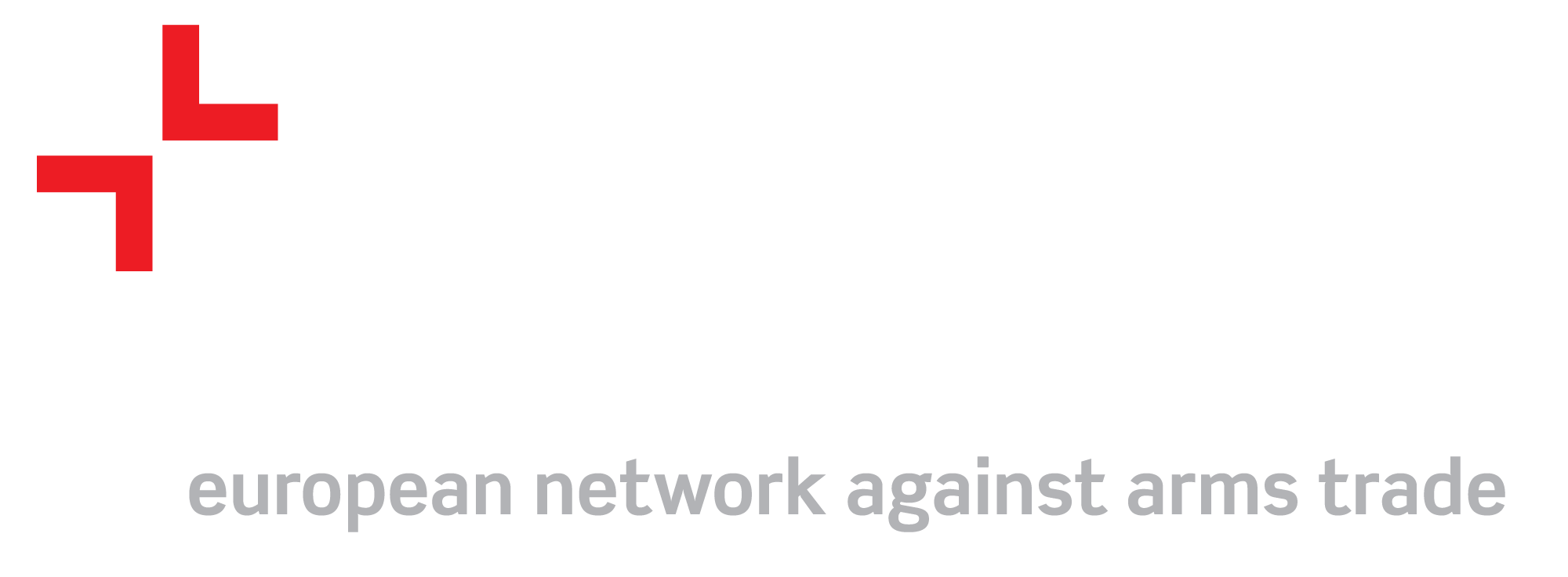The naval blockade began when the Hadi-led Yemeni government on 10 April 2015 closed its territorial waters to commercial and humanitarian shipping, allowing entry only after inspection.
On request of this officially recognized Yemeni government, the UN Security Council voted resolution 2216, which imposes an arms embargo to the Houthis and Saleh-related armed groups. This resolution calls upon states to inspect cargo destined to Yemen and to seize prohibited products. Therefore, this naval blockade is to a certain extent an implementation measure for an internationally sanctioned arms embargo. However, an arms embargo does not allow to block all cargo, especially not goods needed by the civilian population like food and medicines and even not goods which also could be used by armed groups like fuel. The actual practice heavily exceeds the imposed sanctions as the import of all cargo, including humanitarian and vital goods, is seriously limited and from time to time completely blocked. Further, the actual military operations of the coalition are not covered by Security Council resolutions. Though its naval operations in support of the fight against the Houthis are difficult to distinguish from the operations in support of the arms embargo.
In addition to the blockade by the Saudi coalition, a United Nations Verification and Inspection Mechanism (UNVIM) has operated since May 2016 to assist in validating commercial sea and air traffic in support of the arms embargo. Aim is to provide and build trust in an impartial verification process, while remaining additional to what is done under official auspices of the Yemeni government. Yemen-based traders and importers notify UNVIM on upcoming shipments and shipping companies submit their requests for clearance upon their departure. UNVIM reviews those requests and notifies the Saudi coalition forces and the requesting party about the result. Should this review establish reasonable grounds that a shipment might contain prohibited items, UNVIM will conduct a primary inspection at international waters and/or ask the vessel to reroute to Djibouti for a second inspection. Screenings of cargo transhipped in Djibouti, Dubai, Jeddah and Salalah is done in the presence of UNVIM Monitors. While this mechanism could in theory have led to a more balanced enforcement of the embargo, it has not constrained the Saudi coalition in its own operations.
As the Yemeni government has no ships anymore, in practice the operational leadership for the blockade is with the UAE and Saudi Navy. Strongest participation comes from the UAE Navy, while also the Saudi Navy has been continuously active and other coalition members participated less regularly. The actual composition of the naval blockade is not known, although some information exists based on observations. EUArms found video evidence of Saudi and UAE ships performing inspections1. The UAE also actively uses its military base in Assab for the blockade and several UAE vessels have been observed on satellite images. Egypt is known to have sent 4 warships in 2015, and continued to participate in the blockade. Bahrain sent its frigate in 2017.2
This blockade also received some support from US warships, though the US is not officially participating in the Saudi coalition. The official reason is to support the enforcement of the arms embargo against the Houthis. Also other Western military vessels have operated to enforce this embargo. E.g. an Australian warship intercepted a fishing vessel with weapons in February 20163.
Aside from participating in the naval blockade, warships of the Saudi-led coalition also support land operations with artillery fire and as platform for amphibious landings. As the major land forces along the Southern and Western Yemeni coast are led or supported by Emirati forces, the UAE naval forces have a major role in these naval support operations. Other coalition vessels have participated in littoral combat operations as well. E.g. Egyptian and Saudi warships were observed shelling Houthi forces during the capture of Aden in 2015.4
The Saudi Arabia Navy operates from its home bases. The Saudi main base of operations for its naval forces in the Red Sea is Jeddah. The UAE has established a series of military bases and support hubs. Its main military base, with airfield and port, was established in spring 2015 in Assab, Eritrea. Assab functions as the main base of operation for the UAE naval and air forces near Yemen and as a logistical hub for its land forces. On this base the UAE trained 60000 Yemeni forces to participate in military operations and to form the new Yemeni army. The operation to capture Aden in 2015 was performed from Assab. It was also the launching pad to take Yemen’s Red Sea islands and it continues to function as supply line and staging ground for land forces into Yemen. The UAE has established also military bases in different regions in Somalia: in Bossaso (Somaliland) and Berbera (Puntland), where the port is operated by the UAE logistics company DP World. Further it has established a military base on Perim Island, in the middle of the Bab al Mandab Strait, and it operates the ports of Aden, Mukalla and Mocha in Yemen. Through these bases, and several within Yemen itself, the UAE has developed a strong military footprint to control the sea lanes along Yemen and to support military operations in Yemen.
Military materiel from European origin
Both the UAE and Saudi Navy vessels have mostly been built in Europe and the US, and carry weapon systems and use munitions originating from Europe and the US.
United Arab Emirates Navy
The United Arab Emirates Navy vessels have mostly been built in Europe. The following Europe-built ships are in operation:
In addition to the vessels listed above, the UAE has ordered 2 Gowind frigates from France. They will be built at Lorient by the Naval Group.12
Saudi Navy
The Saudi military vessels have all been foreign built in Europe or the US. The Royal Saudi Navy operates the following ships built in Europe:
Saudi Arabia also ordered new warships in Europe. 5 corvettes were ordered from Navantia and are built in Cadiz, Spain. The first will be delivered by the end of 2019.15 In 2015 the Saudi ministry of Interior also ordered more than hundred boats for its coast guard from Lürssen. Information on the total amount of vessels ordered differs in open sources. Lürssen had already delivered 15 vessels before the German export stop to Saudi Arabia.16 As part of this contract the construction of 79 smaller vessels was subcontracted to the French shipyard Couach, which have been delivered between 2016 and 2018.17 Saudi Arabia also ordered 3 Combattante FS56 Stealth Fast Attack Crafts for the Lebanese Navy, developed by the French Constructions Mécaniques de Normandie shipyard (CMN). However, when relations with Lebanon soured, Saudi Arabia repurposed these ships to be part of its own Navy instead.18
The Saudi Navy's US-built ships contain military equipment of European origin as well. The four US-built Badr-class corvettes and nine US-built Al Sadiq-class patrol boats carry 76mm OTO Melara Gun Systems made in Italy (OTO Melara is now merged into Leonardo), 2 Oerlikon 20mm anti-air guns and use MTU diesel engines.
Footnotes
- UAE Baynunah vessel https://euarms.com/weapon/cGQWdfyDhab302CemLPco;
Saudi La Fayette-class and Al-Medina-class frigates https://euarms.com/weapon/6pnSCvzGQlvtW2Fp2LdTkY;
see also https://disclose.ngo/fr/article/blocus-au-y%C3%A9men-les-preuves-de-la-complicit%C3%A9-de-la-france - Military Balance 2018, chapter 7, IISS
- https://www.washingtoninstitute.org/policy-analysis/view/gulf-coalition-operations-in-yemen-part-3-maritime-and-aerial-blockade
- https://www.washingtoninstitute.org/policy-analysis/view/the-saudi-uae-war-effort-in-yemen-part-1-operation-golden-arrow-in-aden
-
https://euarms.com/weapon/3FtaEw3NmxjQVqtwYFdxJg;
https://euarms.com/weapon/cGQWdfyDhab302CemLPco;
https://disclose.ngo/fr/article/blocus-au-y%C3%A9men-les-preuves-de-la-complicit%C3%A9-de-la-france - https://euarms.com/weapon/3Wn5qbEciAiYZ9DqmtI44N
- https://mobil.stern.de/politik/deutschland/emiratis-brachen-mit-deutschem-kriegsgeraet-ein-un-embargo---heiko-maas-wiegelt-ab-8844246.html
- https://euarms.com/weapon/lX4WGOhkcKgIscMIoSmaI
- https://mobil.stern.de/politik/deutschland/emiratis-brachen-mit-deutschem-kriegsgeraet-ein-un-embargo---heiko-maas-wiegelt-ab-8844246.html
-
https://euarms.com/weapon/7lUCMd7rsa6ukLq3fhOuz4;
https://www.janes.com/article/83826/yemeni-rebels-confirm-they-sank-uae-minehunter - http://swedeship.se/vessel-production/26-m-fast-supply-vessel/
- https://www.navyrecognition.com/index.php/news/defence-news/2017/november-2017-navy-naval-forces-defense-industry-technology-maritime-security-global-news/5709-uae-navy-orders-two-gowind-corvettes-from-france.html
- https://euarms.com/weapon/WigGVMMzyma6wyoGe2YiS
- https://www.globalsecurity.org/military/world/gulf/rsns-boraida.htm
- https://theintercept.com/2018/12/21/yemen-war-spanish-weapons-saudi-arabia
- https://www.zeit.de/news/2018-11/02/exportstopp-fuer-saudi-arabien-hunderte-jobs-gefaehrdet-181102-99-633160
- https://www.meretmarine.com/fr/content/couach-livre-les-79-intercepteurs-saoudiens
- https://archive.is/b5NP4
.jpg)

